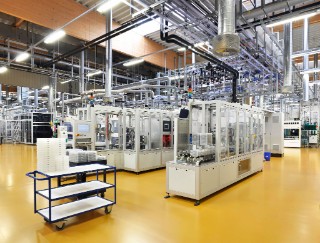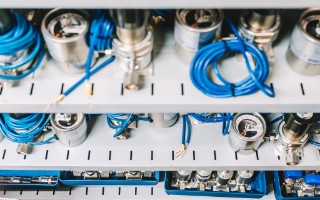In industry, numerous processes are recorded manually: Those responsible observe the behaviour of employees, record the times of process steps, identify the weak points of a process and manually design solutions for process improvement. Measures are often identified manually and evaluated based on experience.
At the same time, more and more data - error messages, key figures or batch information on parts - is being collected and stored in Industry 4.0. However, this information is usually isolated from one another in data silos, which is sufficient for a single solution in digitalised production. However, the derivation of process models and performance indicators requires a more holistic picture of the available information in order to be able to define predictive measures.
The aim is to depict processes so transparently that it is possible to automatically record and analyse process models using cyber-physical (CPS) or Internet of Things (IoT) systems and artificial intelligence.
Gleichzeitig werden im Bereich Industrie 4.0 immer mehr Daten – Fehlermeldungen, Kennzahlen oder Chargeninformationen von Teilen – erhoben und gespeichert. Meist sind diese Informationen allerdings isoliert voneinander in Datensilos, was für eine Einzellösung in der digitalisierten Produktion ausreichend ist. Die Ableitung von Prozessmodellen und Performancekennzahlen benötigt allerdings ein ganzheitlicheres Abbild der vorhanden Informationen um daraus prädiktive Maßnahmen definieren zu können.
Ziel ist es, Prozesse so transparent darzustellen, dass eine automatische Aufnahme und Analyse von Prozessmodellen durch den Einsatz von cyber-physischen (CPS) bzw. Internet of Things (IoT) -Systemen und Künstlicher Intelligenz möglich ist.
more info







